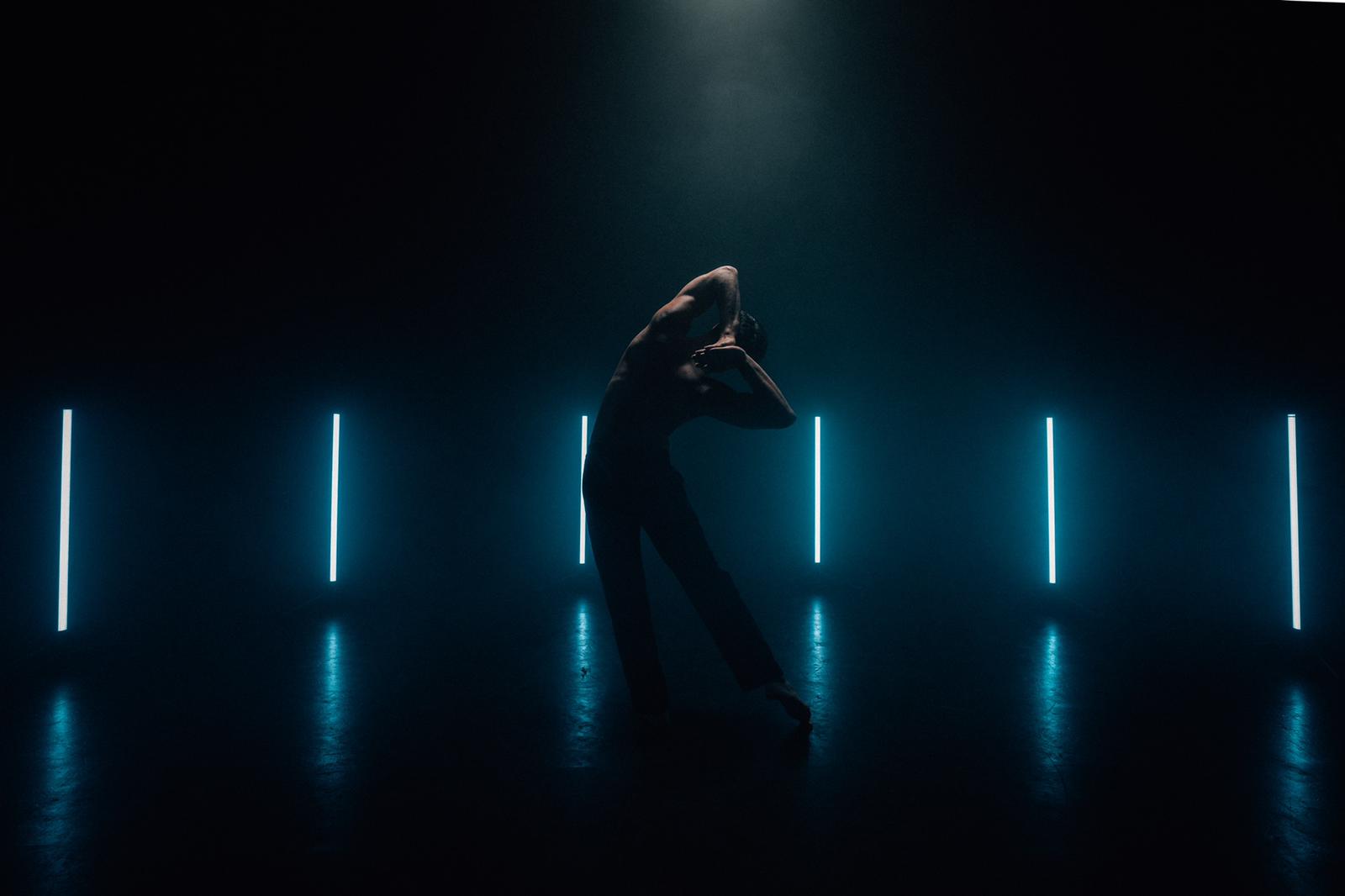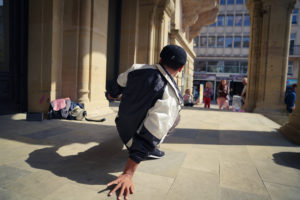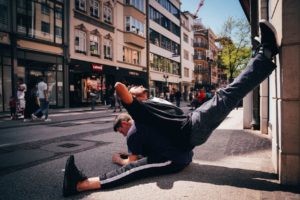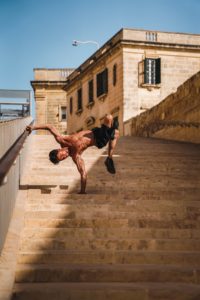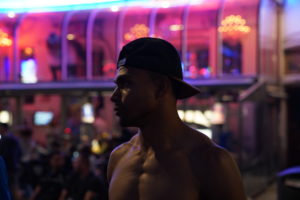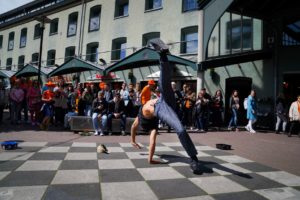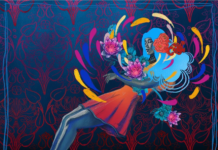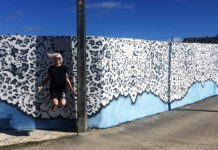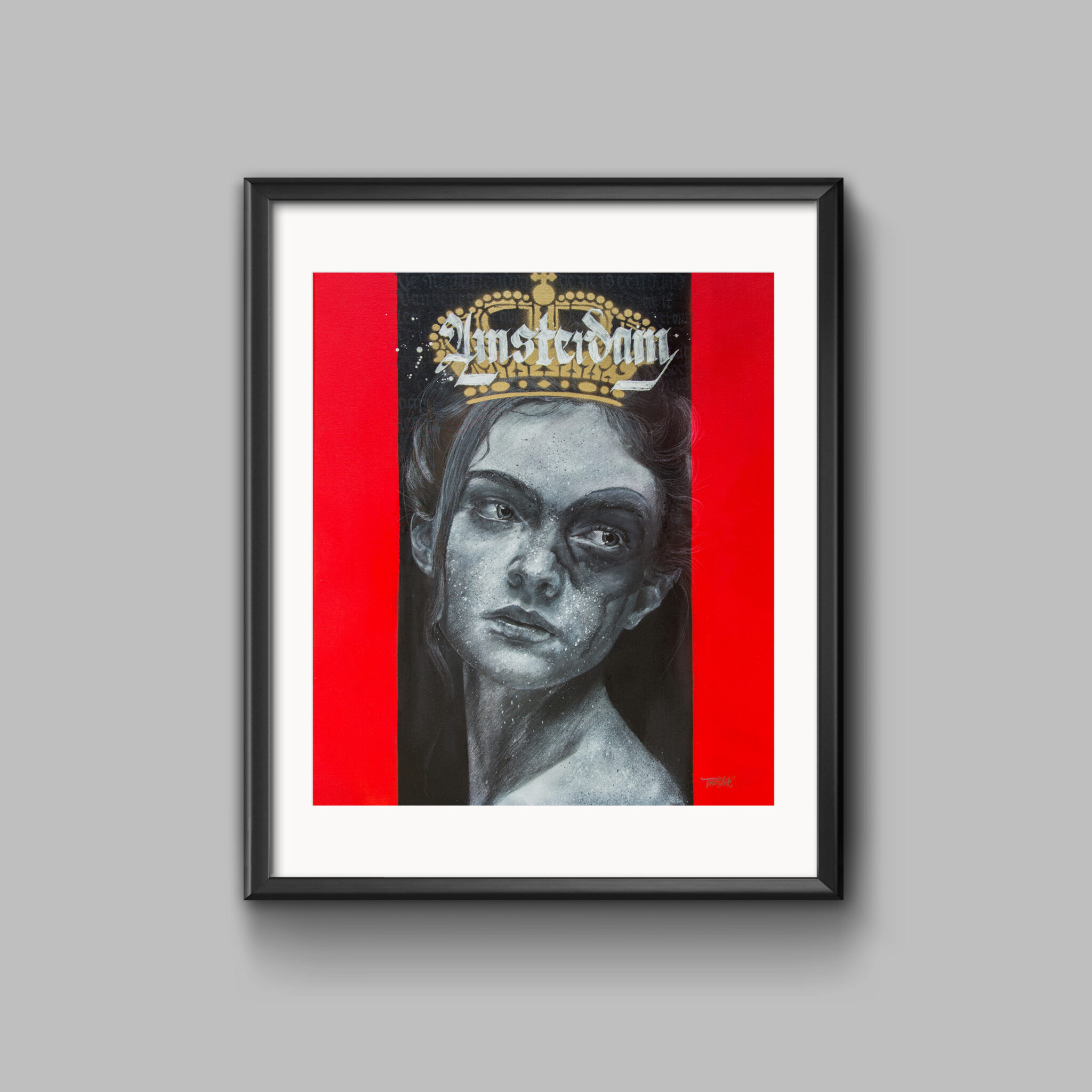When I think about street artists, I think about artists who make paintings on the street. Until I read the following: Did you ever stroll through a big city and encounter a street artist? Musicians, dancers or acrobats. Is an artist worth more to you on the street or on the stage? It’s the announcement of the theater show from Fractal Collective called “From the streets to the seats”.
Fractal Collective is a group of self-educated creatives who developed themselves within theatre and the breakdance battle scene. Their work brought them to nationally renowned theatre companies, doing shows all through the Netherlands. They learned to recognize their theatrical abilities and found ways to use breakdancing for intimate storytelling.
“From the streets to the seats” will premiere during Fringe Festival. I meet with the team members of Fractal Collective, Marieke, Zino, Robert and Constantin, to interview them about the art form I definitely want to know more about.
Hi guys! When I first saw the press release for your upcoming show, I didn’t realize that there are – of course – more kind of street artist than the one’s painting murals. What does the term street artist mean to you?
Zino: Street artists can have many disciplines. My first encounter when I came to the streets, was that I had a normal job. But I was also dancing and became more professional. I got adopted by a crew who lived from street performing. They had a structured show and they knew how to perform and to actually make money with dancing on the streets. While being part of the crew, through the years I saw many different street art disciplines; other dancers, bucket drummers, singers, magicians, and of course the graffiti artists and hip hop in general, and I think it all belongs to street art.
Did your career as a street performer start in Amsterdam?
Zino: For me, it started in Amsterdam but when we became better we realized we could also travel with our show. We went to different countries to go outside and dance in the streets.
The Fractal Collective crew brings a lot of energy, and I’m getting more curious about street performing and dancing. How does it work?
Robert: It’s a lifestyle. You go to the street with your crew, and you have a show prepared. To warm up the public, we first show crowd-pleasers and choose a volunteer. When the crowd is enthusiastic and wants more we move on to the big finale where one of the dancers makes a flip over the volunteer. But before we do the flip, we collect money and that’s what you call hitting. “Hitting” is an art form and a lifestyle. Every day is unique, every audience is different, all the emotions are pure. The term comes from NYC when street performing wasn’t allowed so performers had to hit and run before the police came.
I realize there are quite a few similarities between hitting and the painting form of street art. Street art used to be illegal and even nowadays passers-by are telling us how cool and brave we must be to dare painting in daylight. How does that work with dancing on the streets, is it allowed?
Zino: It’s a bit hypocrite because the one day we dance for the king and the other day we are sent away on the street because we play with an amplifier and that’s not allowed. Some passers-by -and city police- really like what we do and allow us. It’s more or less a personal thing. If they see we earn a lot of money and the city police sees it but doesn’t like it, they would see it as begging. Every time is different. It seems to be part of the street culture.
And I agree! It’s another similarity. When people like graffiti, they see it as art. If they don’t, they’ll call it vandalism.
“From the Streets to the Seats” takes you on a journey that started many years ago as dancers in the streets of Amsterdam. A documentary combined with a physical dance performance highlights the two different sites of a street performer: On the one hand an entertainer, on the other hand, a human being.
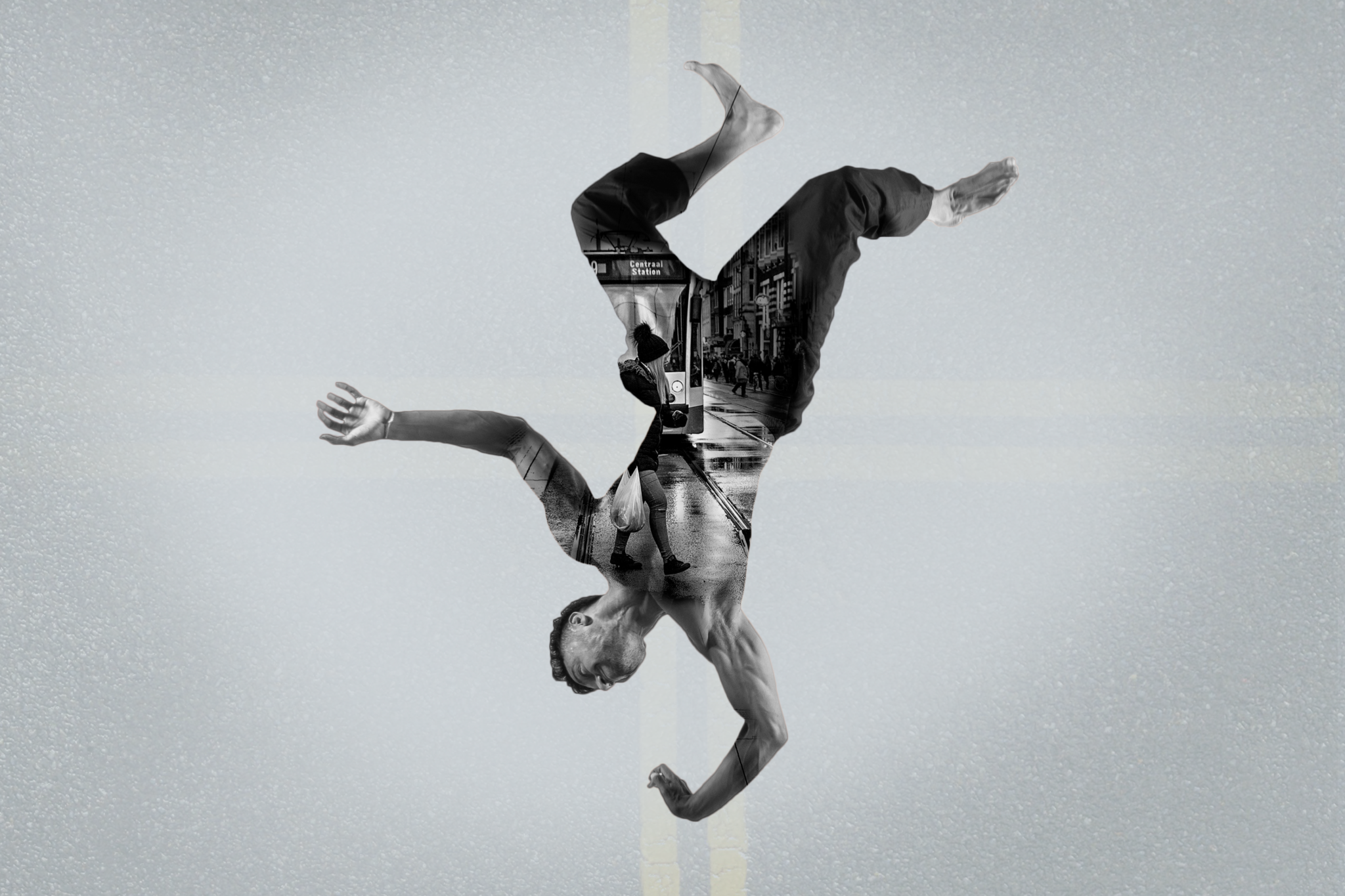
How did the idea of adding the documentary to the show occur?
Constantin: We want to show the people what we experience on the street because every day is unique. We captured this a lot on film. We have a lot of special moments on camera, really authentic footage. There’s no change to get footage like this scripted. You need to live it for a while and get ready to film. We want to show there is much more behind a street performer than the audience might think.
What’s the difference between performing on the streets or in the theater?
Robert: It’s a very big contrast. In “From the streets to the seats” we will show the entertainer but also the human behind the entertainer. On the street, the skill comes first and at the theater, the emotion comes first and then the skill serves our intentions. On the street, you have to bring good energy all the time. The interaction is more real on the street and we must be crowdpleasers. Maybe people really like the performance and don’t pay. That why you gotta love it, to do it, to express yourself.
Maybe it’s personal, but when I see someone performing on the street and all the people around them, I think watch out, there might be pickpockets!
Constantin: This is what we also want to show with the documentary and show. People might think it’s connected to bad things or not being able to have – in society eyes – a straight lifestyle. But it’s a choice and people often don’t realize that. They often don’t see the beauty of it but that’s what we’re going to show.
With from the streets to the seats, Fractal Collective will show you the struggles and joys, the brotherhood, the freedom that comes with insecurities – and finally the constant urge to improve their skills. Eventually, these performers chose the theatre to show what’s behind this mask and express what is really inside. With their high energy level, passion and motivation, I can’t wait to see them perform during Amsterdam Fringe Festival. In the meantime, I hope to spot them while dancing on the streets of Amsterdam, because street art is indeed everywhere. And I wonder: is the purest form of street art the people who perform?
Fractal Collective will perform at Amsterdam Fringe Festival on 6, 7, 12 and 13 September. You can buy your tickets for “From the streets to the seats” here.
